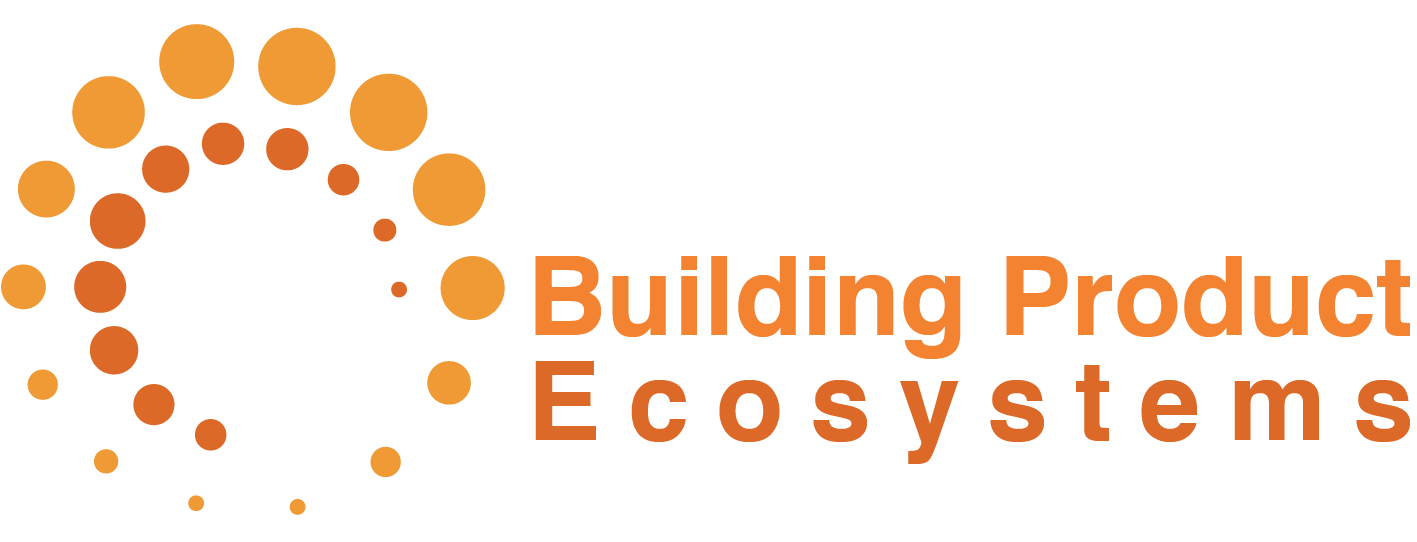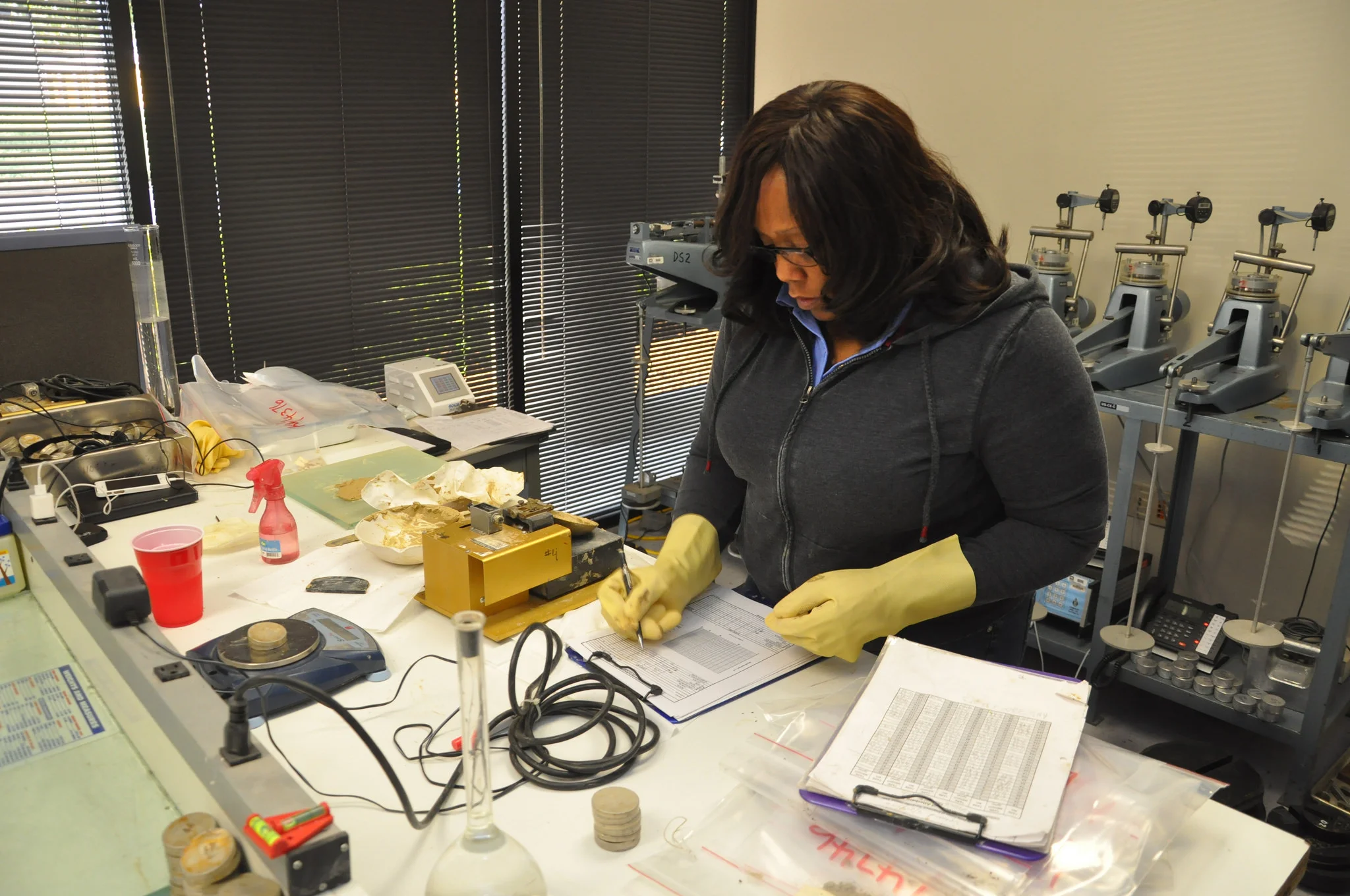Glass in Concrete collaborative
Using post-consumer glass in concrete as a cement replacement
In many US cities today, there is a surplus of post-consumer glass collected by municipal recycling programs. The mixed colored glass and small pieces that often cannot be used to produce new bottles are many times sent to landfill. Recycling of larger, clear glass pieces is also currently challenged by diminished domestic bottle-making in the US. Also, as existing building facades undergo important energy retrofits, plate glass removed is often landfilled.
All of this post-consumer glass can be used to produce ground-glass pozzolan, a material that can replace cement in concrete. To achieve this, we focus on:
Diverting post-consumer glass from landfill
Producing ground-glass pozzolan from post-consumer glass
Utilizing ground-glass pozzolan as a cement replacement in concrete
Current Quantities & Uses of Glass and Other Cement Replacements
(Hover or click on chart for quantities)
Data
1. Iron and steel slag quantities (Source: USGS)
2. Slag use as cement replacement (Source: Slag Cement Association)
3. Other figures (Source: ASTM, forthcoming)
Connecting glass recycling and concrete production
1 - Pieces smaller than 3/8 inch, which can’t be separated by existing optical sorters.
2 - For more information on CRT panel glass use as a feedstock in pozzolan, see these two case studies by the NY State Pollution Prevention Institute.
Points of Diversion in Post-consumer glass Recycling
Drivers for Change
Many benefits are realized by using post-consumer ground glass pozzolan as a cement replacement. Some primary drivers for this technology are as follows:
Reutilize post-consumer glass
Currently 11 million tons of post-consumer glass are generated every year — 75% of it is landfilled.
Reduce cement use and emissions
Today, 90 million tons of Portland Cement are produced every year, resulting in 90 million tons of carbon dioxide (CO₂) emitted.
Minimize heavy metal content
Other current cement replacements, such as fly ash, may introduce heavy metals in concrete. This can generate health impacts, especially in renovations.
Glass pozzolan is free of heavy metals since it's made of post-consumer glass.
Lessen dependency
On byproducts from non-renewable energy sources, such as fly ash, which is generated in coal-fired power plants.
Nurture regional and circular economies
By resourcing glass debris into beneficial feedstock.
Helps reduce transport emissions and cost, and supports local economies.
Build on strong performance
With workability demonstrated in pilots executed in New York and California.
The Ecosystem
We're currently mapping the Glass in Concrete Ecosystem, including projects, recyclers, manufacturers, and sources. Click on the points in the map below for more info.

















